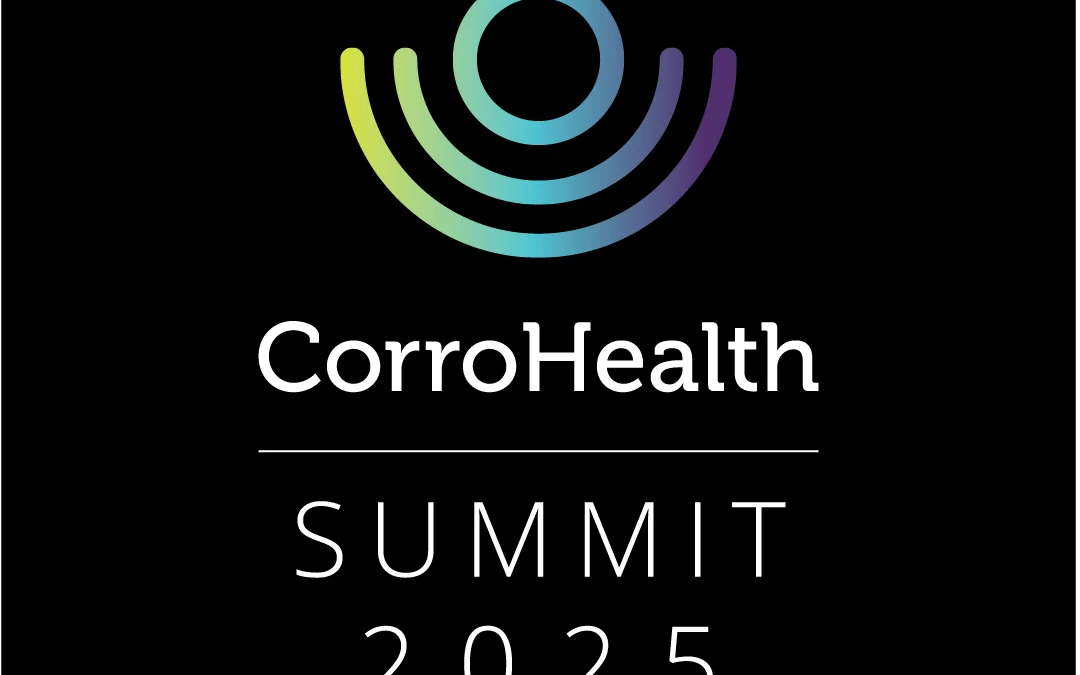It is a truism that hospital financial outcomes result from an interdependent web of departments contributing specific functions and deliverables, commonly referred to as the revenue cycle. Each silo – admitting, managed care contracting, utilization management, billing, and collections operates largely within their own area of expertise. Each department delivering outcome reports that reflect their own Key Performance Indicators to inform others of what is happening in their area of the revenue cycle.
What is often lost in this morass of information is the fact that misaligned incentives and benchmarks that are not reflective of overall hospital performance often mask serious operational deficiencies and obscure opportunities for improvement. A key, yet often overlooked, opportunity for revenue cycle improvement lives in the area of utilization management (UM).
Two Midnight Rule Metrics Needed
A classic example is dealing with observation. For traditional Medicare, UM departments have implemented a wide variety of solutions to address the Two Midnight Rule. These solutions typically involve utilizing traditional commercial screening criteria (such as InterQual or Milliman Care Guidelines) and further reviews to try to integrate the thinking behind the Two Midnight Rule. Unfortunately, a 2016 study by the OIG revealed that these approaches have not only left hospitals vulnerable to compliance issues, but also resulted in significant revenue erosion – revenue that Medicare expected hospitals to capture when they created the rule.
The main driver for this is the fact that the metrics used by UM still reflect a pre-Two Midnight Rule thinking – which is somewhat odd because the same OIG report provided the metrics that Medicare expects hospitals to use. Accurate reporting of these metrics can be a challenge because data from several sources needs to be merged. However, the effort is rewarded with a true picture of financial performance and compliance risk while highlighting the areas that require attention. New processes that leverage analytics generally result in both improved revenue integrity and lower compliance risk as well as a significant reduction in UM workload. This allows the specialized UM nurses and physicians to focus their talents on cases and issues that are most impactful to the bottom line.
Denial Avoidance is the Wrong Tactic
Managed care offers an even greater opportunity. UM departments generally focus on denial reduction, often accepting lower level status of care on cases that they “know” will be denied. Our analysis of this trend demonstrated that predicting denials is virtually impossible and results in self-denying many cases that would have been paid at a higher rate. UM departments are also rarely informed about specific contractual obligations and terms for each payer. They take a generic approach to interacting with payers, rather than a payer specific approach that holds payers accountable to negotiated terms and maximizes revenue per patient. Instead of measuring denial and observation rates, UM must work with Finance and Managed Care to evaluate contract yield. This includes measuring and benchmarking “Gross” and “Net” Yield for each payer. This approach almost always yields surprising results – payers thought to be “good payers” are not so good and payers thought to be “bad payers” have relatively higher yields. This analysis often results as the first step in drilling down into each payer to identify drivers of revenue leakage. These drivers are usually different for each payer – some are very aggressive in their review process, some utilizing re-coding strategies, some even utilize employed or affiliated physicians to drive down hospital revenue. The solution cannot be deploying a single UM payer strategy because the fact is that each payer has a unique set of strategies and approaches. Therefore, payer specific initiatives are needed to ensure appropriate reimbursement.
Utilization Management Is Integral to Revenue Cycle Success
At the heart of this argument lies the concept that Utilization Management must be regarded as an integral part of the revenue cycle. Metrics that have remained unchanged for years cannot be relied on as the basis of performance assessment and tactical reorganization. Instead, Finance and Revenue Cycle must deploy analytics that focus UM performance on the same goals that the rest of the revenue cycle has–getting paid every dollar the hospital is owed while maintaining compliance. If UM strategy and tactics do not align with the revenue cycle goals, CFOs will continue to ask the question, “Why is this happening?”
Investment in Analytics for Utilization Management is Key
Ironically, since UM has not traditionally been fully integrated into the revenue cycle, investment in sophisticated analytics that provide actionable information lag far behind other departments. Imagine a CDI program lacking data to direct their efforts to claims that deliver high impact results, or a managed care contracting department without the information needed to evaluate contract terms and their impact on hospital financial performance. It is very unlikely to occur and, if it did, something would be done about it. However, despite its many complexities, UM strategies are usually driven by intuition rather than data. This is coupled with the fact that UM staff is usually working beyond capacity, doing thousands of reviews that actually have very little impact. The reality of being extremely busy often results in a false sense of security –the paradox of confusing hard work with optimal outcomes. We have seen this result in anywhere from 8% to 11% reduction of net patient revenue being lost.
It is an exciting time for Utilization Management. The field is at the precipice of major change – change for the better. Hospital leadership has been recognizing that their organization’s financial health can be greatly impacted by UM. When that recognition results in action and investment in getting the right information into the right hands, UM can truly align with Revenue Cycle and deliver its true value to the hospital.

















